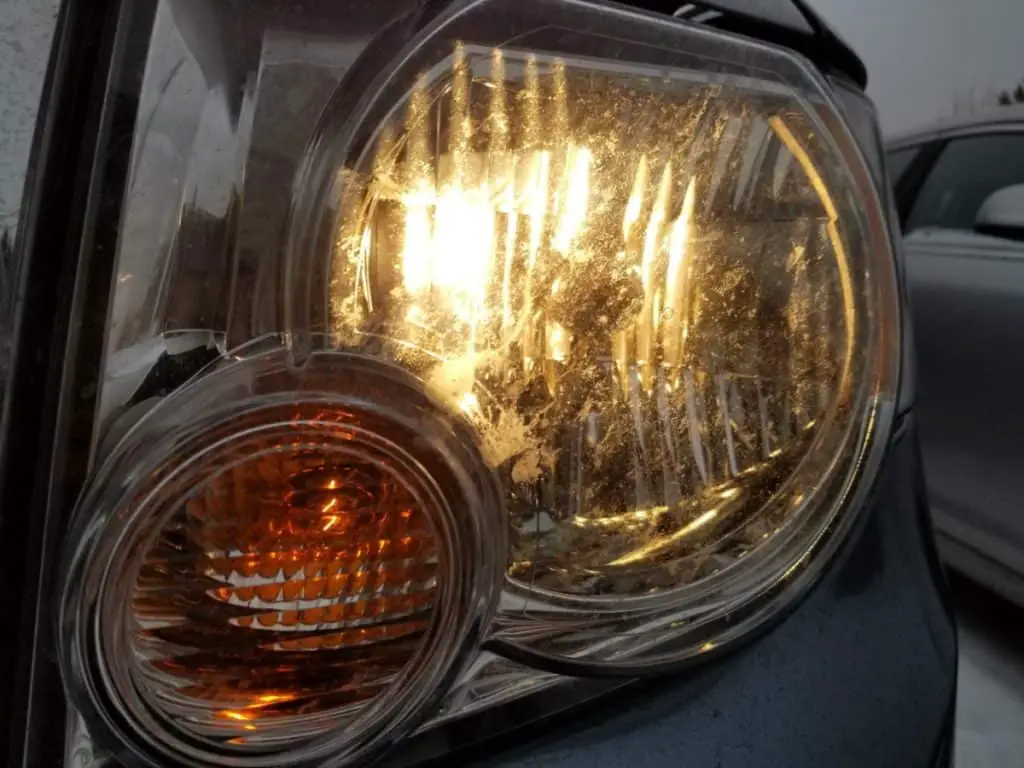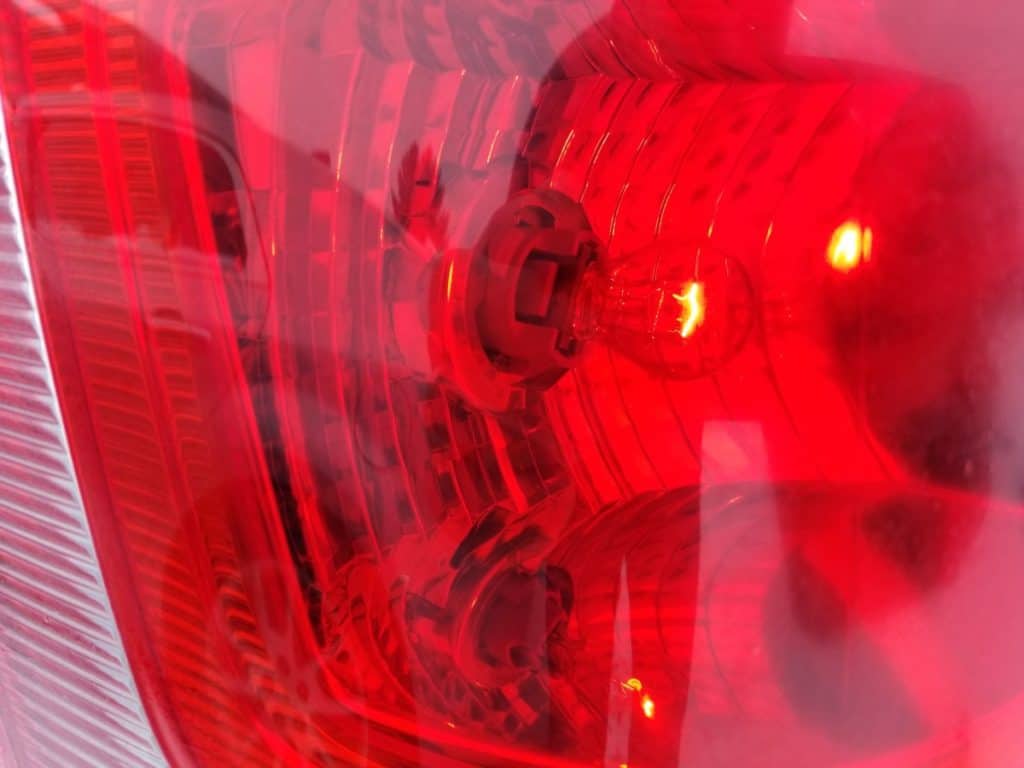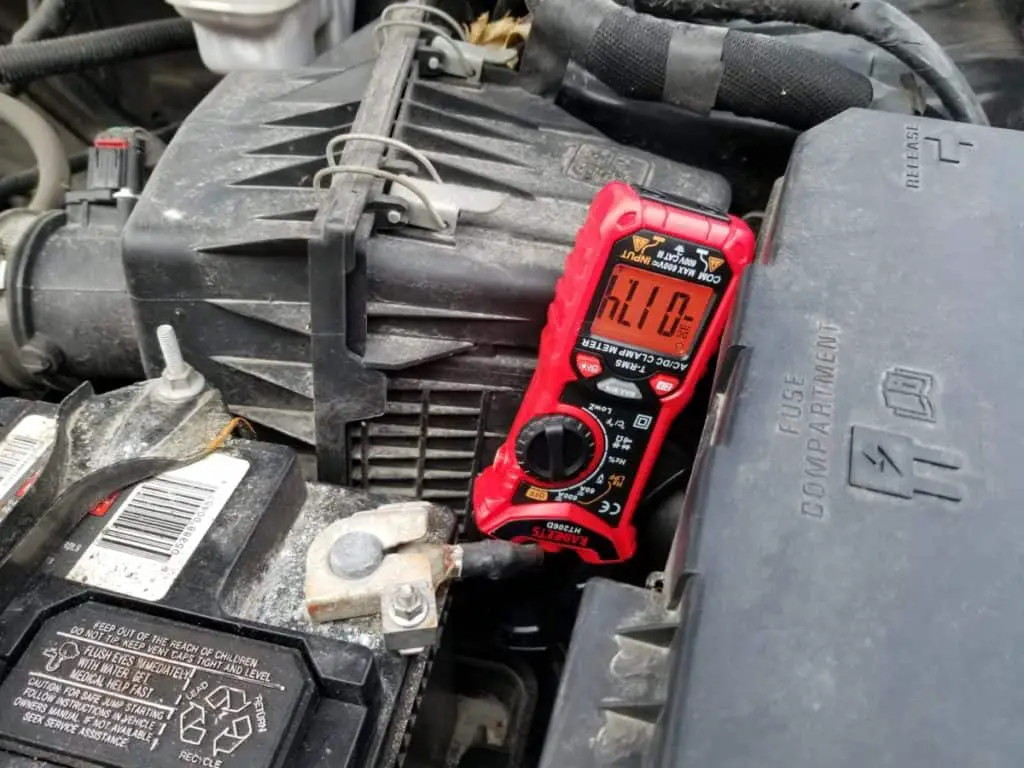We’ve all accidentally left our car’s headlights on at one point or another during our driving careers. Sometimes we forget after we get home and wake up to a dead battery, and sometimes we’re lucky and only leave them on for an hour while shopping and can still turn over the engine and survive to another day.
If you’re accident-prone or just plain curious, I set out to find just how long you could leave your headlights on and still be able to start the car’s engine.
If you’re just looking for a quick and easy answer to cover how long a typical battery could power a typical set of lights, I’ve got you covered with the following:
You can leave a car’s headlights on for about 45 minutes using the low beams or 30 minutes when using the high beams and still be able to start the car. Cold weather, an old battery, or a different battery size can change these numbers considerably.
However, if you’re looking to see how long YOUR battery can power YOUR lights, I’ve got a chart below in the next section. Keep in mind that these are educated estimates and every single vehicle will be different depending on your vehicle’s make and model, the age and condition of your battery, as well as the brand and type of bulbs you use.

How Long Can you Leave your Car Headlights On?
As I mentioned above, a typical mid-sized car battery can run your low beams for about 45 minutes and the high beams for about 30 minutes and not leave you looking for a jump for your engine.
That doesn’t help you with guessing how long YOUR battery can power YOUR headlights. For that, I’ve got a table below. Under the table you can see where your car battery would fit based on the numbers that you find on your battery’s sticker.
Keep in mind that these numbers are based on powering the lights until your battery is at a 75% state of charge. Sure, a battery might be able to start a car at 50%, or 60%. I am just using a practical but conservative number since there are many variables that could make a battery start an engine at 50% in some conditions but not in others.
How Long Can You Leave Your Headlights On? (And still start the engine)
| Low Beam Headlights | High Beam Headlights | |
|---|---|---|
| Small Car Battery CCA: 200-315 AH 36-46.2 | 35 Minutes | 25 Minutes |
| Mid-Sized Car Battery CCA: 315-550 AH: 46.2-58.8 | 45 Minutes | 30 Minutes |
| Large Vehicle Battery CCA: 550-1,000 AH: 58.8-111 | 60 Minutes | 45 Minutes |
Results assume the battery is healthy to begin with, well maintained, and at a full charge. Times reflect headlights being left on until the battery is at 75% state of charge so as to still start the engine. You may be able to double these times in optimal conditions and still start the engine. Times reflect the running lights being on as well when the headlights are turned on. Averaged out from 5 vehicles of various sizes, makes, and models. ***
Key Takeaways:
- A small car battery can power the low beams for 35 minutes or the high beams for 25 minutes and still be able to start the engine
- A mid-sized car battery can power the low beams for 45 minutes or the high beams for 30 minutes and still be able to start the engine
- A large car battery can power the low beams for an hour or the high beams for 45 minutes and still be able to start the vehicle’s engine
How Many Amps do Your Headlights Use? (Low Beams vs. High Beams)
This question is a little nuanced, as there is a practical answer and a laboratory answer.
When you’re asking the question with the intent of knowing how long your battery will power your lights if you happen to forget to turn them off, then remember that when your headlight switch is engaged, your running lights are all turned on as well (even with the key off).
You’ll have lights on the front and rear portions of your car that are lit up along with the low beams or high beams that you forgot about. All of those extra incandescent lightbulbs add up.
It takes about 16 amps to power a typical vehicle’s low beam headlights or 23 amps to power the high beams. This includes the headlights themselves as well as the running lights that are activated when the headlights are engaged.

In a sterile environment, where you can isolate the headlight bulbs from the rest of the system, your answer would be a little different.
Common halogen headlights will draw about 4.25 amps per bulb for the low beams, and around 5 amps for the high beams.
Of course, every vehicle and every bulb will perform differently. I ran a multimeter on 5 vehicles to get an idea of what happens when you turn on the headlight switch (low and high beams). I believe all vehicles tested had halogen bulbs installed for the high and low beams.
How Many Amp Hours Does a Car Battery Have to Power Your Headlights?
I wrote an article that you can check out here that delves into the details about how many amp-hours you can expect out of a particular car battery based on its sticker, so I won’t get into too many details here and we’ll keep it brief.
With that being said, a car battery is typically rated in CCA (cold cranking amps) due to the fact that it’s a starting battery and it was not engineered for use with a long-term draw on it like a deep-cycle marine or golf cart battery.
In fact, using your car battery to power something long-term without running the engine and having the alternator simultaneously charge your car’s battery will lead to a very short lifespan.
A small car battery with a 200-315 CCA sticker rating will be about 36-46.2 amp-hours. A mid-sized battery with 315-550 CCA will be 46.2-58.5 amp-hours. A large car battery with 550-1,000 CCA will have a 58.5-111 amp-hour equivalency.
Amp Hour Estimates Based On Cold Cranking Amps or Reserve Capacity
| If Your Sticker Reads: 200-315 CCA, or 40-60 RC | If Your Sticker Reads: 315-550 CCA, or 60-80 RC | If Your Sticker Reads: 550-1,000 CCA, or 80-190 RC |
| 36 - 46.2 AH | 46.2 - 58.8 AH | 58.8 - 111 |
Factors That Impact Headlight Run Time
It goes without saying that there are a myriad of factors which can increase or decrease the time that you can power your headlights without being left stranded with an engine that won’t start.
These are some of the big ones:
- Ambient Temperature
- Age and Condition of the Car Battery
- Size of the Car Battery
- Type of Bulb Being Used
Ambient Temperature Affects Headlight Duration
Cold temperatures slow down the chemical reactions inside of the car battery and make it harder for the battery to convert stored chemical energy into a massive spike of electrical energy when you turn the engine over. Conversely, warm temperatures make the reaction easier.
With that being said, you’re likely going to have less room for error if you leave your car’s headlights on in the winter than in the summer. The battery will still likely power lights the same amount of time, but being able to start the engine might be a different matter.
In the summer, your battery might still crank over the engine at 50% or 60% state of charge, whereas that same battery in sub-freezing temperatures might only engage the starter at 75%+.
Sure, you can technically leave the headlights on for the same amount of time, but when your car calls for a spike of 350 amps, it will have a harder time getting it from a cold and half-charged battery than one that is only depleted by 20%.
Age and Condition of the Car Battery Dictate How Long You Can Run the Headlights
Car batteries are starter batteries and starter batteries build up sulfation faster and more permanently than their deep-cycle counterparts.
Sulfation is a coating over the inner plates of the car battery when it is not at a full state of charge. The more a battery is below 100% charge, the faster it will sulfate. This coating not only inhibits a battery’s ability to release its stored chemical energy into electrical energy for your vehicle, but it also inhibits its ability to receive a proper charge going forward. It’s a vicious cycle that compounds itself.
You can generally expect 3-5 years out of a car battery until the sulfation builds up enough that the battery dies or becomes too unreliable in cold weather.
My wife’s battery is finally giving up the ghost after 7 years, but I also do monthly maintenance on it and give it full charge with a dedicated charger monthly as well. If you’re looking to get the most out of your 12-volt car, golf-cart, or marine battery, you can’t go wrong with this charger seen on Amazon for a safe and controlled charge. It’s user friendly, and I’ve been using mine every day for 6 years on my cars and battery bank without a problem. If the 5-amp version is unavailable, you can’t go wrong with the 4-amp model.
Sulfation will give you less time to power your headlights because when you start with what you think is a fully charged battery, you’re really maybe only at 75% (for example) due to it not being able to accept any more charge due to the plates being covered with the sulfate crystals.
When you run the lights, you might think that you have 30 minutes (which would take you down to 75% on a healthy battery), but since your starting charge was really 25% less than ideal, you find that 30 minutes puts you around 50% capacity and you might be looking for a jump.
Size of the Car Battery Can Give You More or Less Time to Run the Headlights
As you’ve seen from the charts above, the larger the battery (in CCA), the more time you’ll get when you run into the store and forget to shut off the headlights.
Type of Headlight Bulb Can Give You More or Less Time with a Car Battery
The type of headlight you have will directly impact the strain that your car battery is subjected to if you happen to accidentally leave your lights on.
Headlights generally come in 3 different types:
- Halogen
- HID
- LED
Halogen headlights are the most common and you’re likely familiar with them if you’ve ever changed your own bulb before. They generally use about 4.25 amps per bulb for the low beams and around 5 amps for the high beams.
HID (High-Intensity Discharge) headlights are more expensive and require a conversion process to install from my limited understanding of them. I’ve never used them, so I recommend further Google searches if you’re interested. They do have a higher start-up amperage (about double the running amps of Halogen) but settle down to be under 4 watts for the low beams after 30 seconds or so.
LED headlights are the most energy efficient and the coolest as far as temperature while still competing or exceeding the lumens of the aforementioned types. An LED headlight will run around 2.75 amps per bulb. You will get the most time out of your battery if you use LED lights where possible.
How to Measure Your Headlight Amps
The easiest way to measure your headlight amperage is to use a clamp-on multimeter, like this one seen on Amazon, and clamp it around one of the battery cables after you’ve turned on your headlights.

Of course, you’ll want to turn everything to the appropriate settings to not blow a fuse in your unit, and every unit is different so it’s hard to describe without seeing a specific make and model.
Either way, I’d recommend getting a model that has a setting for 60 Amps and can measure DC (Direct Current). If you have a model that only does 20 amps DC, you’re likely going to blow the fuse — especially when you turn on the high beams.
If you clamp the meter backwards, your readings will be negative, but the number will be the same (-13 amps would simply equal 13 amps).
Final Thoughts
Accidentally leaving your headlights on isn’t the end of the world if you return to your car within 30 minutes (maybe a bit longer in the summer) but is definitely not something you should make a habit out of.
A car battery can only be fully discharged about 10-12 times before it will cease to work, whereas a deep-cycle battery for a boat or golf-cart could be discharged 200-500 times depending on the battery type.
If you leave your headlights on for a while and find that they are dim or the car won’t start when you return, be sure to drive your car for 30-60 minutes (minimum) to put a decent charge back on the battery to keep it from sulfating any further.
The best course of action would be to hook your battery up to a charger like this one (Amazon) when you return home and disconnect it after the battery is fully charged.
To prevent accidentally leaving them on in the first place, most newer vehicles will have an automatic lights setting so that you will never forget to turn them off again.
